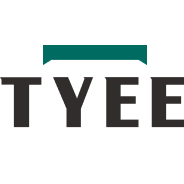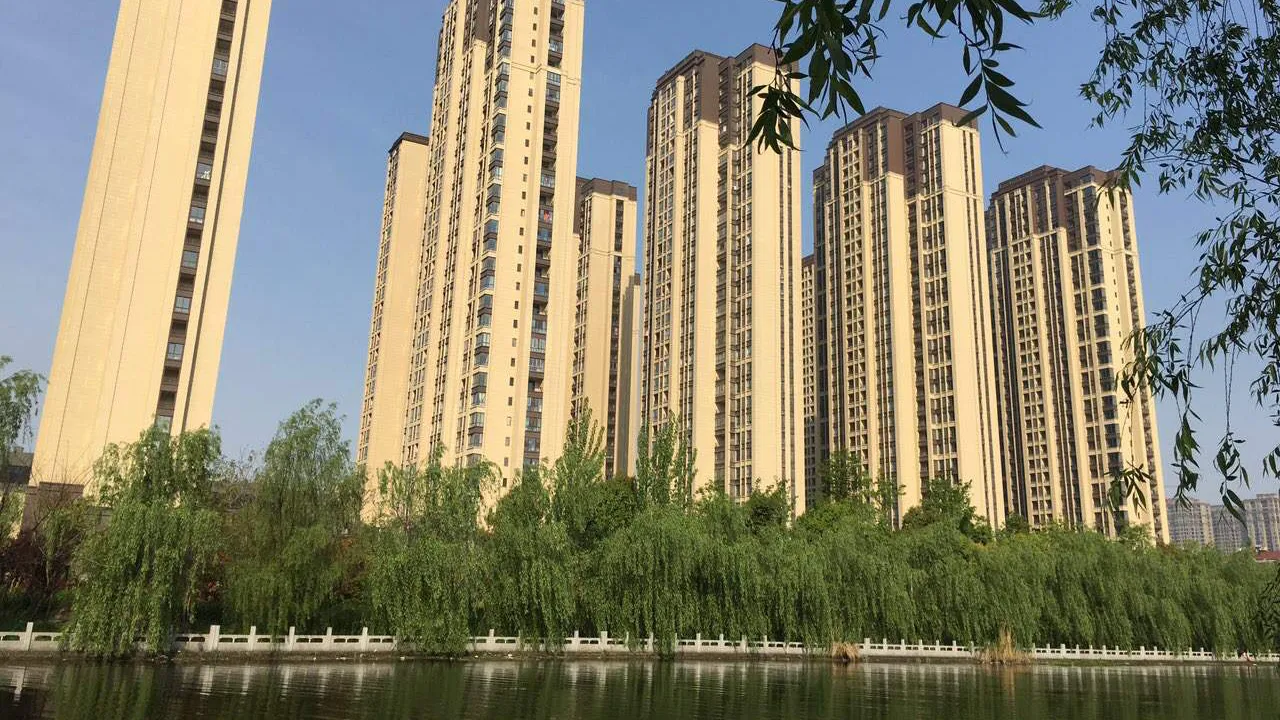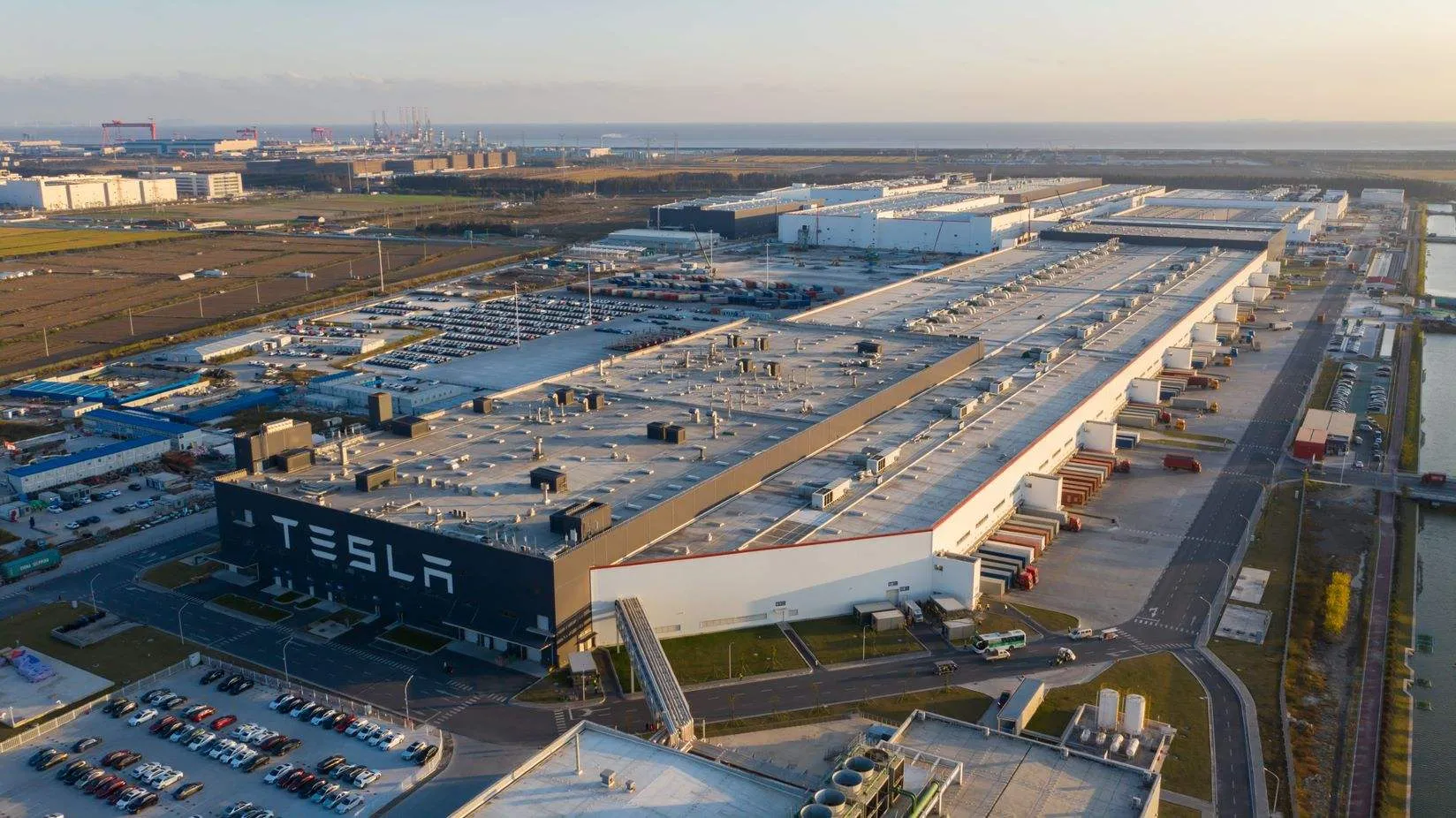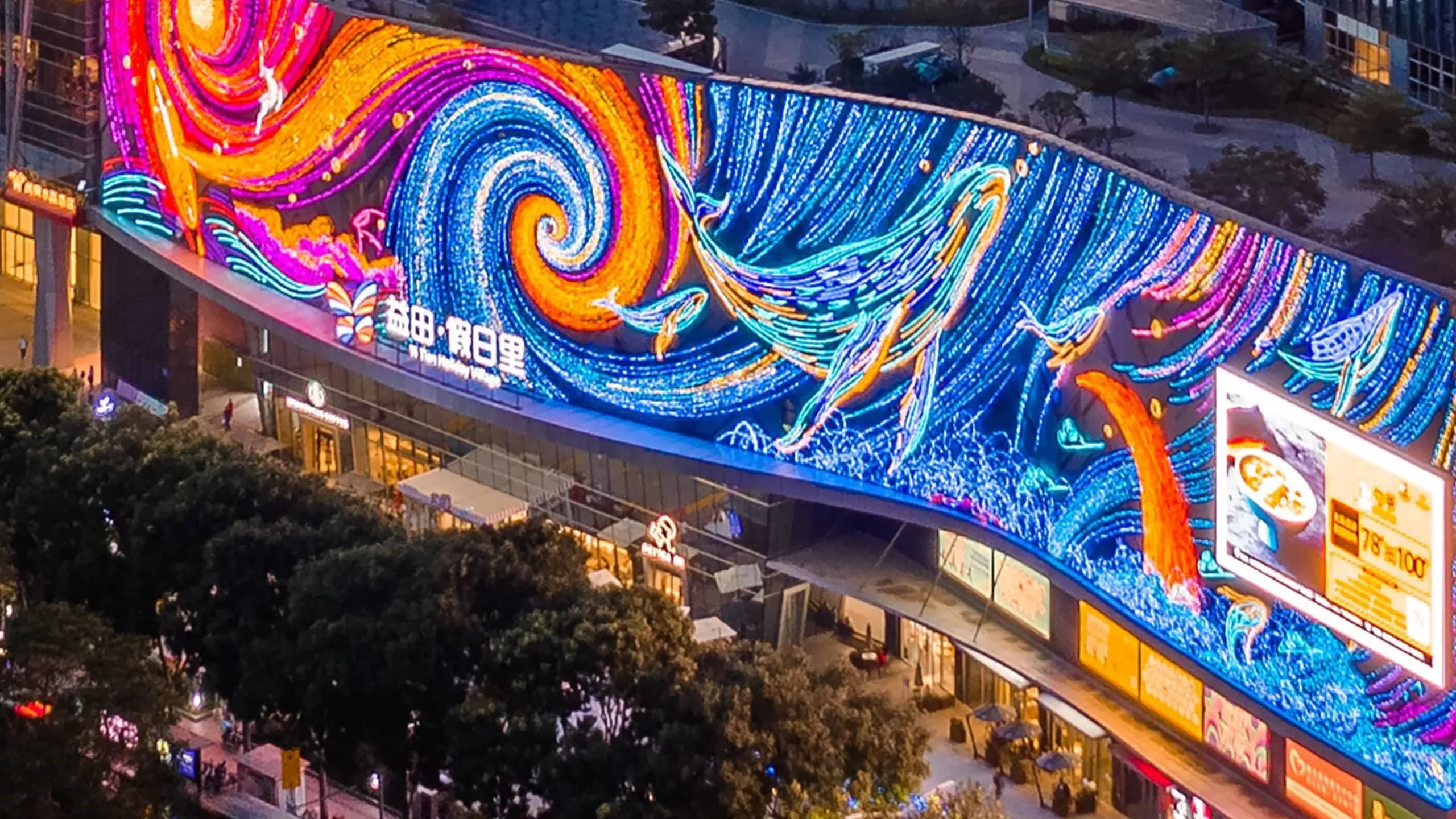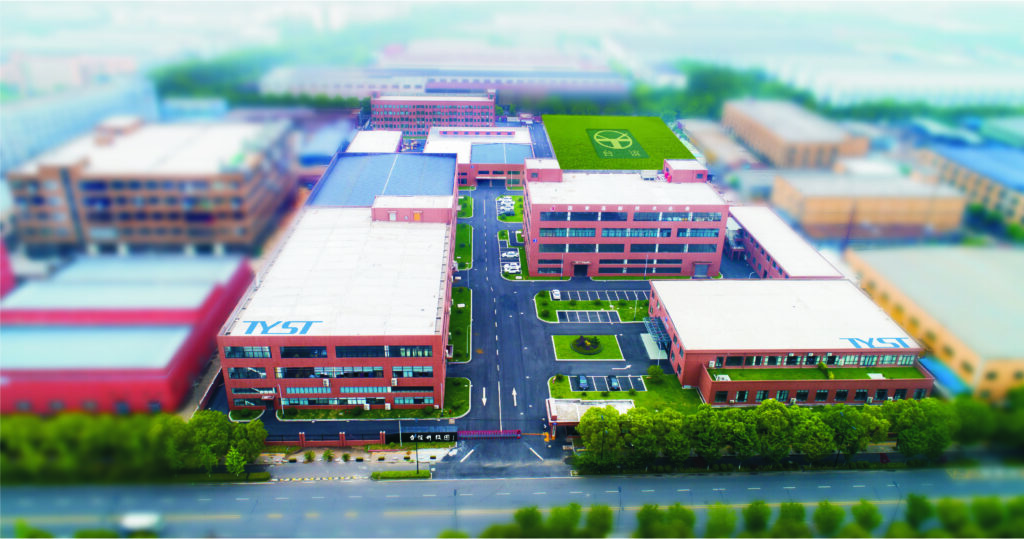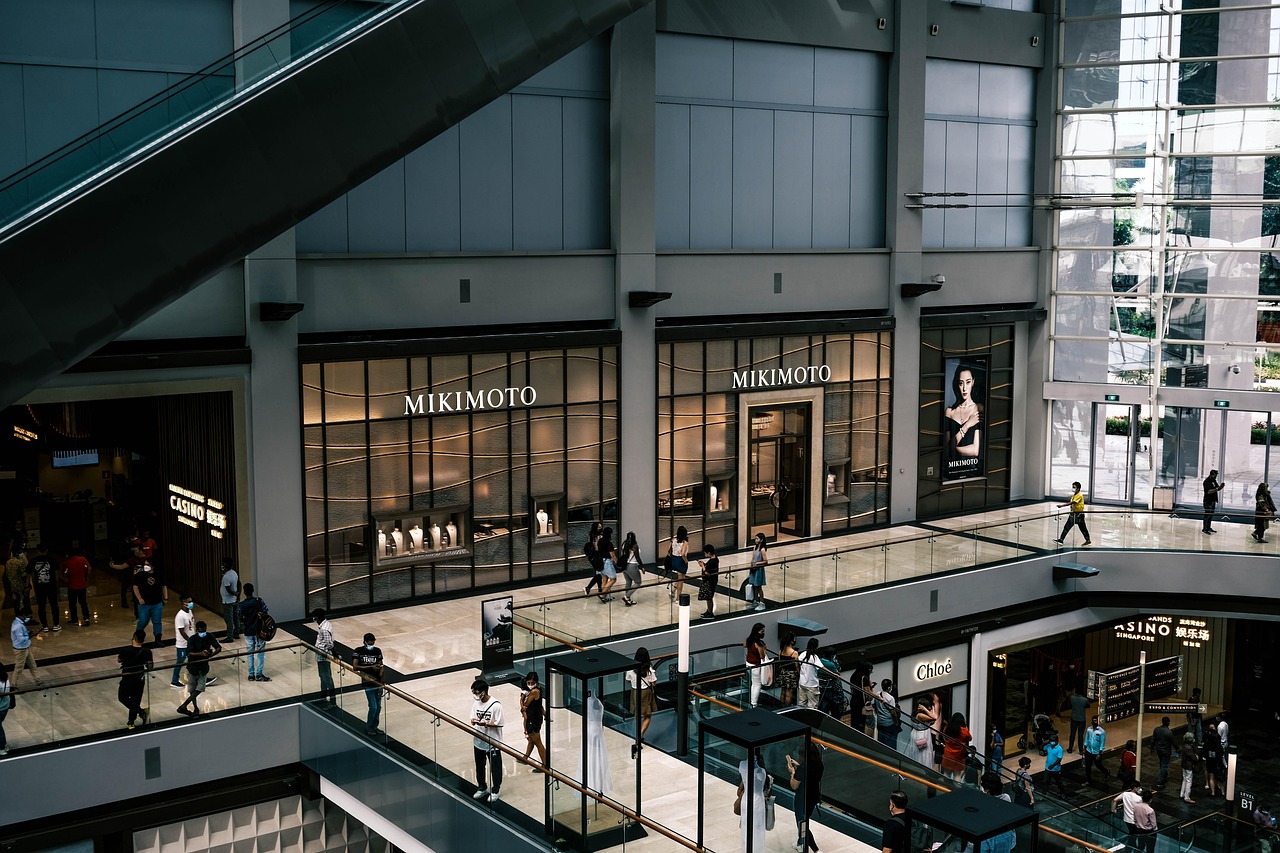
Large malls are busy places with lots of shoppers. However, they also have hidden fire risks that many people ignore. Safety is not just about having products on shelves. It needs a good understanding of how the business works. Recent disasters, like the terrible fire in Kut, Iraq, took over 60 lives. This shows how important safety is. To keep everyone safe, you need a partner who offers complete solutions and ongoing help. Spending money on fire safety measures is very important. It protects both lives and property in these lively shopping areas.
Key Takeaways
Know the special fire risks in malls. These include arson, flammable items, and bad emergency exit designs.
Make a fire safety plan. This plan should have regular checks and training for workers to stop problems before they happen.
Make sure all fire safety tools are easy to reach and checked often. This helps lower risks during emergencies.
Create clear and easy-to-see emergency exits. This helps people leave safely during a fire and cuts down on panic and confusion.
Work with fire safety experts. They can help create complete solutions that follow local rules and improve safety.
Different Risks and Problems with Operations
Different Fire Sources
Large malls have many businesses. Each one has its own fire dangers. Knowing these risks is very important for fire safety. Here’s a list of common fire dangers in different mall areas:
Fire Hazard | Description |
|---|---|
Arson | This is the most common cause of fire in stores. |
Fire exits and escape routes | It is important to have enough and easy-to-reach fire exits. |
Fire alarms | Fire alarms need to be installed and tested regularly. |
Employee training | All employees should get safety training and do fire drills often. |
Storage of combustible waste | Combustible waste must be managed properly to avoid fire risks. |
Flammable stock | Storing flammable items like clothes and lighter fluid can be risky. |
In restaurants, grease can build up on cooking tools, which is a big risk. Electrical problems can happen too because of heavy appliance use. Storing flammable materials, like cleaning supplies, can create dangerous situations. In retail stores, flammable stock, like clothes and packaging, raises fire risks. Warehouses have their own issues, like storing combustible waste and the risk of arson.
Problems with Operations and Damage to Other Assets
When a fire happens, the effects go beyond immediate danger. Operational problems can cause big financial losses. You might face expensive repairs, lost inventory, and possible lawsuits. Your reputation can also suffer badly. Customers may not trust your ability to keep them safe while shopping.
Secondary damage can happen when smoke and water from firefighting affect areas not directly involved in the fire. This can lead to a lot of cleanup work and more financial stress.
The Conflict Between Operations and Safety
Finding a balance between running things smoothly and keeping safe can cause problems. You might feel pressure to use space well and cut costs, which can lead to ignoring fire safety rules. For example, crowded storage areas can block fire exits, making it hard to evacuate.
Regular care of fire suppression systems is very important. But, it may seem like an extra cost when budgets are tight. Still, spending on fire safety is not just about following rules; it’s about saving lives and protecting assets.
TYEE’s Expert-Level Solutions and Services
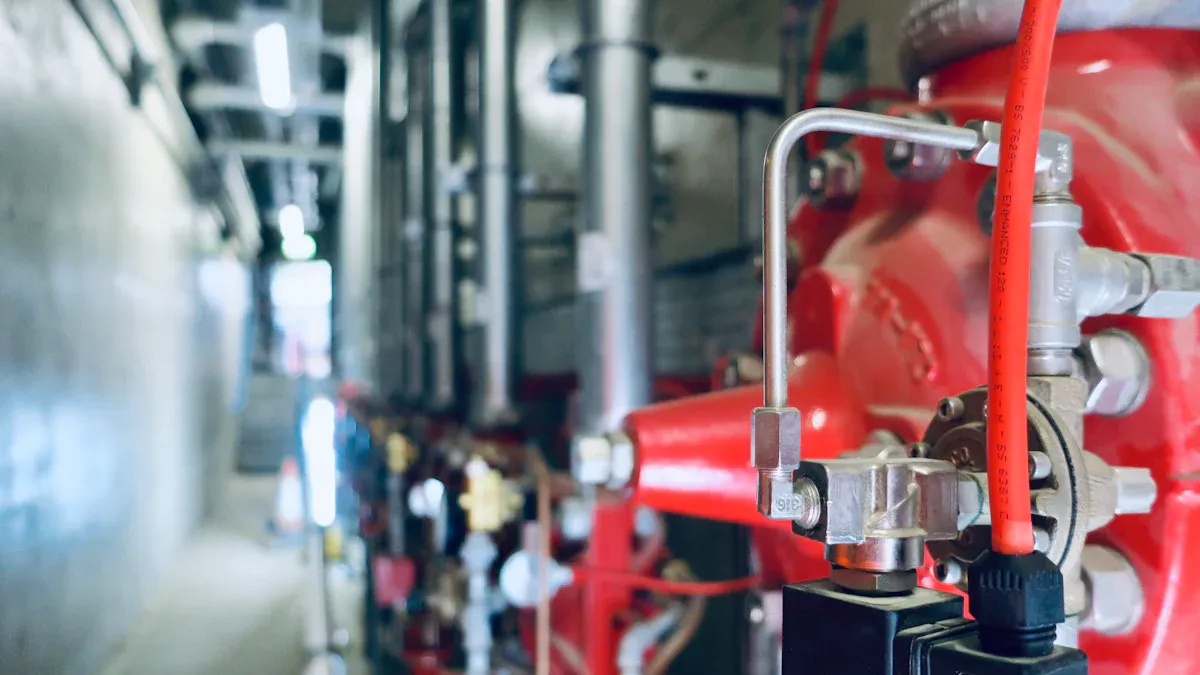
From Pain Points to Solutions
Managing fire safety in large malls can be tough. You face many challenges, such as:
Poor design of emergency exits, making it hard for customers to find safe ways out during a disaster.
Not enough employee training, which can cause panic and more injuries during emergencies.
Lack of fire safety equipment that is often not checked or easy to reach.
Bad maintenance of safety rules, including the need for regular checks on firefighting tools.
TYEE knows about these problems and offers special solutions. Our expert services focus on improving the design and layout of your mall. We make sure that emergency exits are easy to see and reach. Our training programs give your staff the skills they need to handle emergencies well. We also provide complete fire safety equipment that is checked and maintained regularly, so you are always ready.
From Reactive to Proactive
Switching from a reactive to a proactive fire safety plan is very important for your mall’s safety.
Strategy Type | Description | Key Characteristics |
|---|---|---|
Proactive | Aims to stop fire incidents before they happen. | Makes fire safety a priority, includes regular reviews, and has prevention steps. |
Reactive | Deals with fire incidents after they happen. | Usually only fixes problems after they occur, focusing on damage control and insurance claims. |
By using a proactive approach, you can greatly lower the chances of fire incidents. Early detection systems, like advanced fire alarms, are key to this plan. They catch smoke or heat early, stopping small problems from becoming big disasters. Also, strong evacuation systems help people leave in an orderly way, reducing panic during emergencies.
Long-Term Support and Continuous Optimization
Keeping fire safety systems updated is key for long-term risk reduction in large malls. Regular checks make sure you follow fire safety rules, avoiding legal issues and business interruptions.
You reduce property damage by controlling fires, which helps keep your business running smoothly.
Better overall safety and security create a positive atmosphere that can boost productivity.
Our promise for long-term support means we don’t just set up your fire safety systems and walk away. We offer ongoing training, regular inspections, and updates to your systems. This keeps your fire safety measures in line with your mall’s needs.
Key Findings | Description |
|---|---|
The study improves current models to check evacuation risks in underground shopping malls, which is key for better fire safety. | |
Impact of Building Occupancy | The number of people in the building greatly affects evacuation risk, showing the need for ongoing safety updates. |
Simulation of Fire Scenarios | Uses software to model fire scenarios, giving useful data for emergency planning and risk reduction. |
With TYEE’s expert solutions, you can manage hidden fire risks and make a safer shopping place for your customers.
Addressing the Unique Challenges of Large Commercial Facilities
Addressing Complex Safety Challenges
Large commercial facilities, such as shopping malls, face unique fire safety challenges. High visitor traffic complicates emergency evacuations, while the presence of flammable materials in stores and restaurants increases risk. Complex, multi-level layouts can also slow down emergency response crews.
To solve these issues, TYEE focuses on solutions that adhere to international fire safety standards while meeting local building codes. Cultural and environmental factors, such such as hot climates, are addressed by using robust, durable materials that ensure long-term system reliability.
Solution Implementation Strategy
Implementing advanced fire safety solutions in commercial facilities requires several important steps:
Conduct a risk assessment to identify site-specific fire hazards.
Select durable, high-performance equipment, such as hoses and valves, based on international strength and quality standards.
Utilize effective foam systems, especially fluorine-free options, for tackling liquid and chemical fires.
Ensure all components work together as a complete, integrated system that meets global safety benchmarks.
Establish a detailed plan for the inspection, testing, and maintenance (ITM) of all fire safety solutions.
Train staff thoroughly on the safe and effective use of fire equipment.
Consider the total cost of ownership (TCO) over the equipment’s lifespan, not just the initial purchase price.
These proactive steps ensure your facility is prepared for fire incidents. Lessons learned from past large-scale events emphasize the need for meticulous planning, reliable suppression systems, and comprehensive evacuation strategies. By tackling these challenges, TYEE helps you control hidden fire risks and create a safer environment for all occupants.
Knowing about fire risks in large facilities is critical for safety. You need to focus on proactive safety steps to keep people and property secure. Here are some key areas to remember:
Important Points | |
|---|---|
Fire Detection and Alarm Systems | Check and maintain smoke detectors, fire alarms, and sprinkler systems regularly. |
Fire Suppression Systems | Place fire extinguishers correctly and train staff on how to use them. |
Emergency Exits and Evacuation Routes | Make sure emergency exits are easy to see, reachable, and clear, with working signs. |
Building Infrastructure | Check fire-rated doors and look at the building’s fire-resistant materials and design features. |
Staff Training and Emergency Procedures | Hold regular fire drills and make sure emergency plans are written down and shared. |
Real fire safety demands a partner who offers smart, complete solutions. This partnership helps you follow safety rules and be ready for emergencies. If you want to improve your facility’s fire safety, contact us for a free consultation.
FAQ
How often should fire safety equipment be checked?
You should check fire safety equipment, like alarms and extinguishers, at least once a month. Schedule professional inspections every year to make sure everything works well.
What training do employees need for fire safety?
Employees should learn about fire prevention, emergency steps, and how to use fire extinguishers. Regular fire drills help them practice evacuation routes and stay ready.
Are there specific fire codes for malls?
Yes, malls must follow local fire codes, like the National Fire Protection Association (NFPA) standards. These codes make sure safety measures are in place to protect shoppers and staff.
How can I improve fire safety in my mall?
You can improve fire safety by making sure evacuation routes are clear, keeping fire safety equipment in good shape, and giving regular training for staff. Working with fire safety experts can also boost your safety measures.

